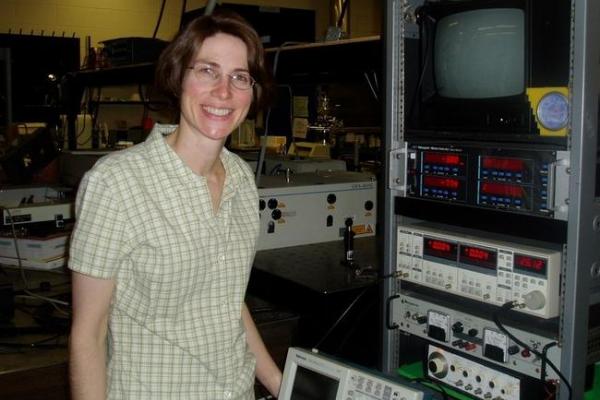
Richard Feynman famously stated, “...everything that living things do can be understood in terms of the jigglings and wigglings of atoms.” Proteins are the work horses of biochemistry, responsible for cellular housekeeping and stimulus response. Protein molecular structure is not static, and in fact the ability of proteins to deform their structure is necessary to their function. Thermally activated protein “jigglings and wigglings” enables proteins to access structural configurations of subsequent functional states. Among the different thermally activated motions within proteins, long-range vibrations have been found to follow trajectories that reproduce functional conformational change, suggesting these vibrations enable efficient conformational change. These long-range vibrations involve correlated motion throughout the entire protein structure. This interdependence could provide a universal mechanism for “remote” control to either promote or inhibit function by interfering in the long-range network by either mutation or binding. These ideas have been explored almost exclusively by theory and modeling, with little experimental input due to an inability to characterize these vibrations. I will introduce the new terahertz spectroscopy techniques developed in our lab which can be used to interrogate picosecond motions in proteins, THz TDS, CATM and PV-CATM. The methods provide unprecedented insight into the long-range vibrations and their role in life processes.
